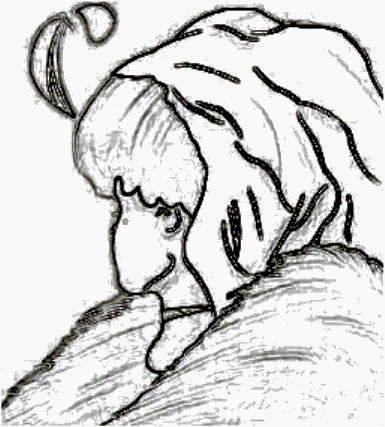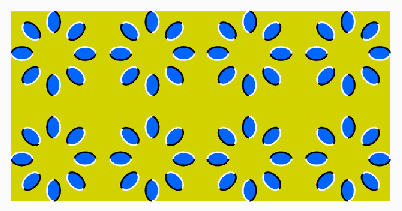
REBT’s: See previous post
Should-ing beliefs
• I should be better.
• I should be different.
• I should be a better person.
Must-erbatory beliefs
• I must do things differently.
• I must be a better person.
• I must do a better job.
Awful-izing beliefs
• This is awful and I can’t stand it and it will get probably get worse.
Helpless core beliefs
• I am helpless.
• I am powerless.
• I am out of control.
• I am weak.
• I am vulnerable.
• I am needy.
• I am trapped.
• I am inadequate.
• I am ineffective.
• I am incompetent.
• I am a failure.
• I am disrespected.
• I am defective (i.e., I do not measure up to others).
• I am not good enough (in terms of achievement).
Unlovable core beliefs
• I am unlovable.
• I am unlikable.
• I am undesirable.
• I am unattractive.
• I am unwanted.
• I am uncared for.
• L am bad.
• I am unworthy.
• I am different.
• I am defective (i.e., so others will not love me).
• I am not good enough (to be loved by others).
• I am bound to be rejected.
• I am bound to be abandoned.
• I am bound to be alone.
 Use the following four questions and sub-questions (sub-questions only when appropriate) with the concept that you are investigating. When answering the questions, close your eyes, be still, and go deep as you contemplate.
Use the following four questions and sub-questions (sub-questions only when appropriate) with the concept that you are investigating. When answering the questions, close your eyes, be still, and go deep as you contemplate. 1. Is it true?
• The answer is a “yes” or a “no” only.
• If your answer is “no,” continue to question #3.
2. Can you absolutely know that it’s true?
3. How do you react, what happens, when you believe that thought?
• What emotions happen when you believe that thought? (Depression, anxiety, etc.)
• Does that thought bring peace or stress into your life?
• What images do you see, past and future, when you believe that thought?
• What addictions/obsessions begin to manifest when you believe that thought? (Alcohol, credit
cards, food, the TV remote?)
• Describe the physical sensations that happen when you believe that thought.
• How do you treat that person and others when you believe that thought?
• How do you treat yourself when you believe that thought?
4. Who would you be without the thought?
Close your eyes and observe, contemplate. Who or what are you without that thought?
Finally: Turn the thought around.
Statements can be turned around to:
the self( I don’t ___ to me.),
to the other( I don’t ___ to them.),
and to the opposite. ( ___ does ___ to me.)
When dealing with an object, you can replace the object with “my thinking” or “my thoughts.”
Find a minimum of three genuine, specific examples of how each turnaround is as true as or truer than your original statement.
"I discovered that when I believed my thoughts, I suffered, but that when I didn't believe them, I didn't suffer, and that this is true for every human being. Freedom is as simple as that. I found that suffering is optional. I found a joy within me that has never disappeared, not for a single moment. That joy is in everyone, always."
— Byron Katie
http://www.thework.com/index.php
— Byron Katie
http://www.thework.com/index.php














